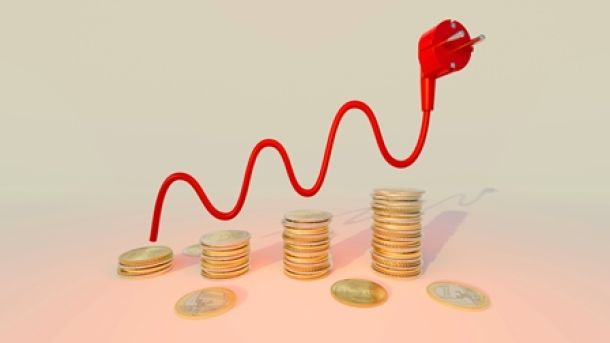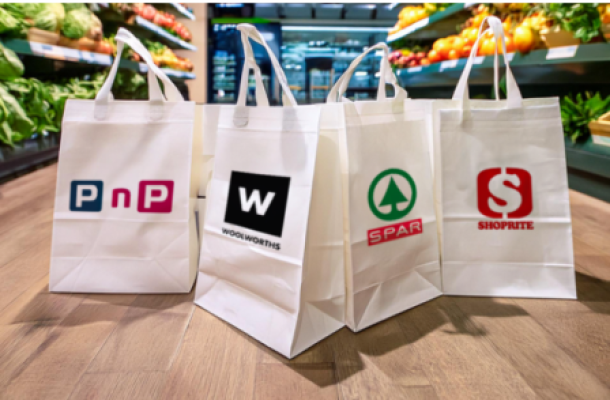Challenged retail sector to be hit by downgrade - research
South African retailers saw the weakest growth in seven years in 2016, mainly due to poor economic growth and recent political events may make it harder to achieve projected economic growth of 1.2%, research by EY revealed.
According to EY’s report on South Africa’s retail sector for 2016, the retail environment was also impacted regulatory and political pressures, low credit growth, low investment levels and the drought which impacted economic growth.
The EY analysis surveys the 12 largest retailers in South Africa, which account for nearly R600 bn in annual sales. It focused on grocers, speciality and clothing categories.
Return on Equity (ROE) for speciality retailers were at 51.6%. Clothing retailers averaged at 41.1% and grocery retailers at 22.3%, despite having the majority (62%) of spend.
Speciality retailers have a 23% share in spend, and clothing retailers 15%.
Subsequently, grocery retailers have a 66% share in profits, followed by sepciality with 18% and clothing at 16%.
Research showed that sales recovered in the fourth quarter of 2016, but that the sector remains “fragile” and the outlook remains “sombre” given poor economic growth.
The food and pharmacy sectors appear to have rising margins, but that of clothing seems to be struggling due the saturated nature of the sector. Grocers often outperform other sectors especially in weak economic environments, the research explained.
Headline earnings for grocers were up 25.7%, that of speciality retailers was up 8.7% and clothing was down 47.6%.
Overall, rising inflation, slow volume in growth of sales impact margins and returns for retailers. Further, marginal store growth also has a bearing on profitability as new shopping centres impact trading density, EY explained.
African retail
Growth in the continent slowed to a “two-decade” low in 2016, forcing retailers to look at opportunities globally. Truworths, Spar and The Foschini Group (TFG) are looking to expand to Europe and the UK.
Turnover from the rest of the world (23.5%) is higher than that locally at 6.3%, this is despite retailers being dependent on the domestic market which has a share of 82%.
Impact of downgrade
EY said that the recent downgrade by Standard & Poor’s (S&P) and Fitch to junk status will impact growth in the sector.
A possible rise in interest rates and currency depreciation will strain consumer’s disposable income.
Following the decision by President Jacob Zuma to recall former finance minister Pravin Gordhan from an investor road show, and the downgrade, the rand declined more than 9%. Analysts believe the inflation outlook will be impacted by the weakening of the rand.
EY explained that retailers with a diversified geographic earnings will be better positioned to withstand the pressures of the downgrade.
Even though grocers may face pressure, they will be better positioned for “sustainable” profit growth.
Clothing retailers will have to face competition from foreign retailers, price pressures as currency depreciates. These retailers will also be challenged by the changing consumer behavior.
Semi and non-durable retailers will be impacted by currency depreciation, which will increase prices increases.
Further, growing debt and the increased cost of borrowing will impact consumer demand for goods.
News Category
- International retailers
- On the move
- Awards and achievements
- Legislation
- Wine and liquor
- Africa
- Going green
- Supplier news
- Research tools
- Retailer trading results
- Supply chain
- Innovation and technology
- Economic factors
- Crime and security
- Store Openings
- Marketing and Promotions
- Social Responsibility
- Brand Press Office
Related Articles

Checkers Sixty60 wipes floor with Pick n Pay As...

Top tips for consumers to combat escalating ele...

Clear winner in South African retail battle

Drinks survey reveals Rooibos as a top choice a...


